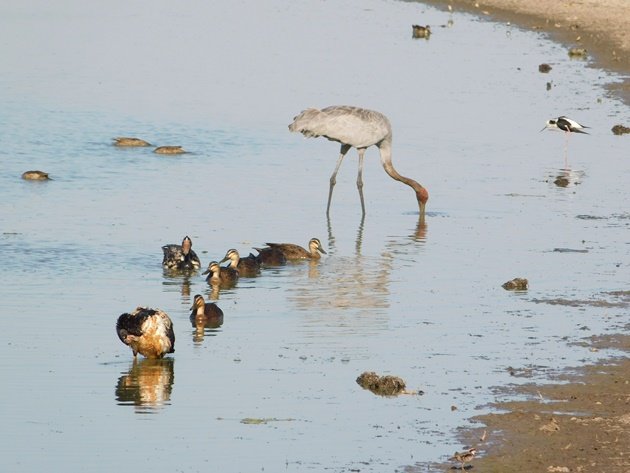
It is always interesting observing the bird-life at Marlgu Billabong in the north of Western Australia. The water levels vary tremendously throughout the year and you cannot always access the area. During the wet season the land is flooded and in coming months it should flood once again. At the beginning of the dry season the water levels are high and the crocodiles are active. If you are lucky you may get to observe predation as was the case when a Magpie Goose was eaten by a crocodile in front of us a few years ago.
As the water level drops in the billabong the bird-life changes. You will always find a great variety of birds even if there are not huge numbers of certain species. On our recent visit there were very few Brolga at the billabong. However, there was one particular bird that was actively feeding close to the bird hide. Brolga will feed on the roots of the vegetation that remains in the billabong. This Brolga appeared to be eating the bulbs that remained from the lily-pads.
Brolga with Magpie Geese, Pacific Black Ducks, Grey Teal and Black-winged Stilt
The bulbs that the Brolga dug up were large, but still consumed whole.
Brolga eating a bulb
As the Brolga moved closer to the hide the Magpie Geese and Pacific Black Ducks realised the mud was being disturbed and they could take advantage of the situation. All of the birds began to feed together.
Brolga, Magpie Geese and Pacific Black Ducks feeding
For the majority of the feeding time there were not two heads out of the water at one particular time. Eventually I captured both the Brolga and Magpie Goose with their heads up together. Moments later they both had their heads submerged again and the feeding continued.
Brolga and Magpie Goose
It won’t be long and the billabong will either be almost completely dry or filling up again with monsoonal rain.
Nearby Kununurra is always worth a visit at this time of year as we wait patiently for rain in the north of Western Australia. There’s a good chance you will find some cute Radjah Shelduck ducklings too!


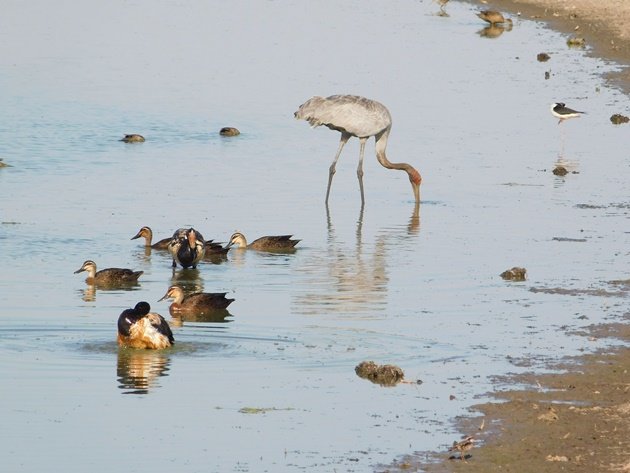
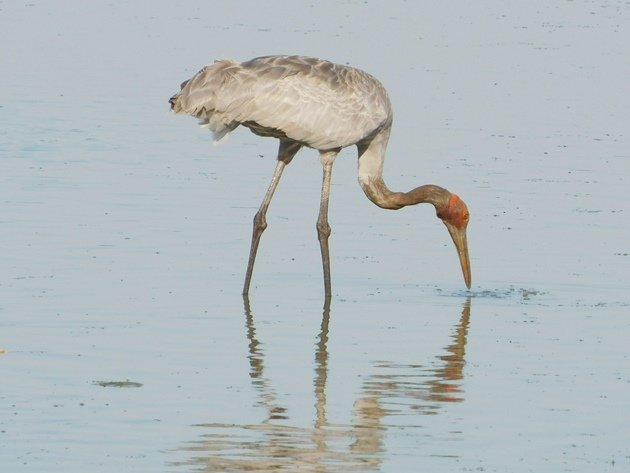
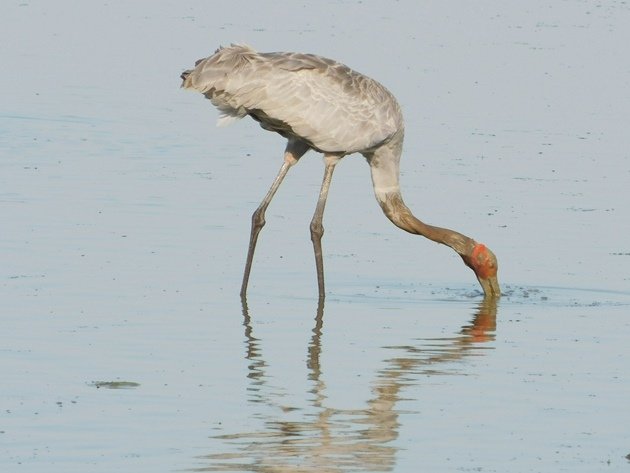
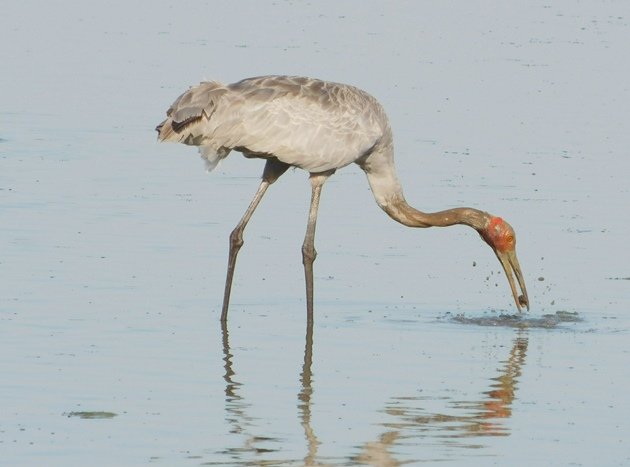
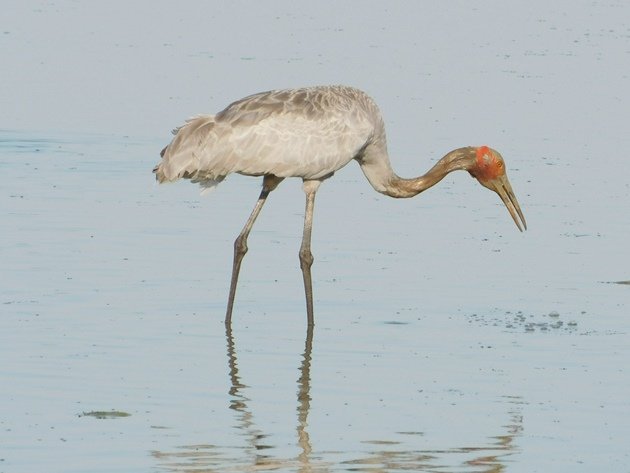
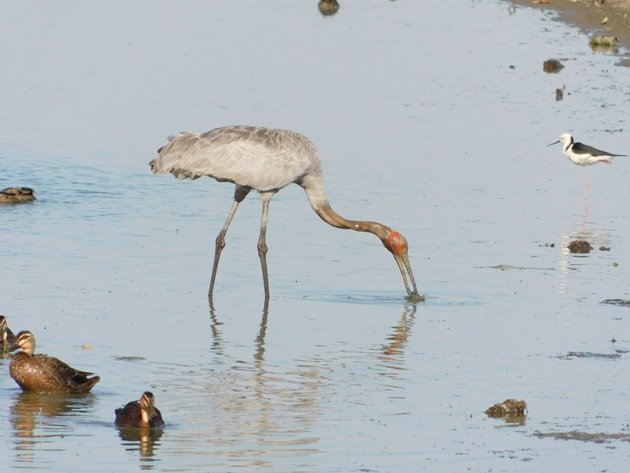
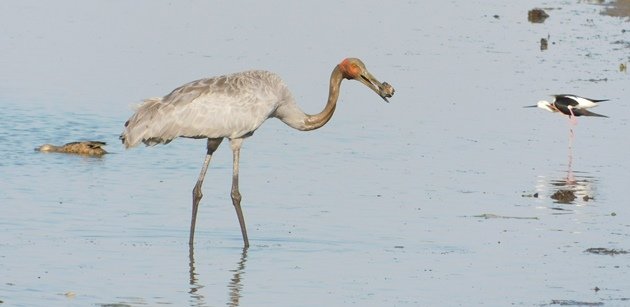
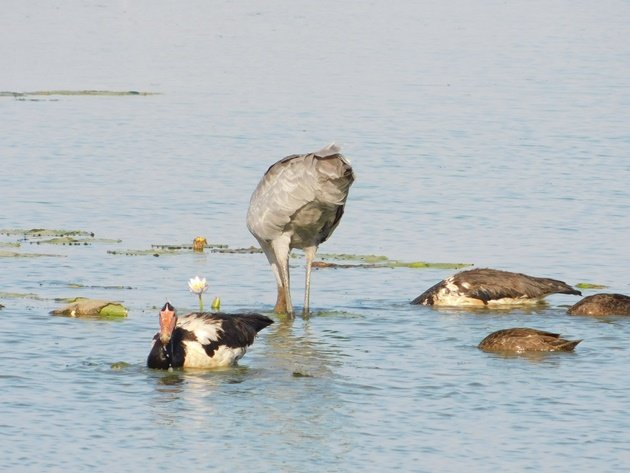
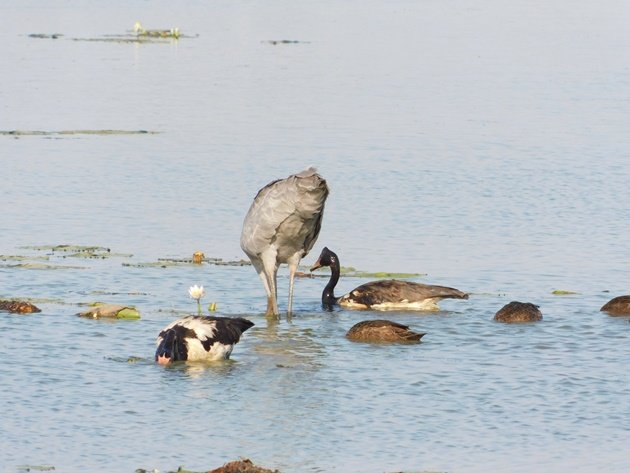
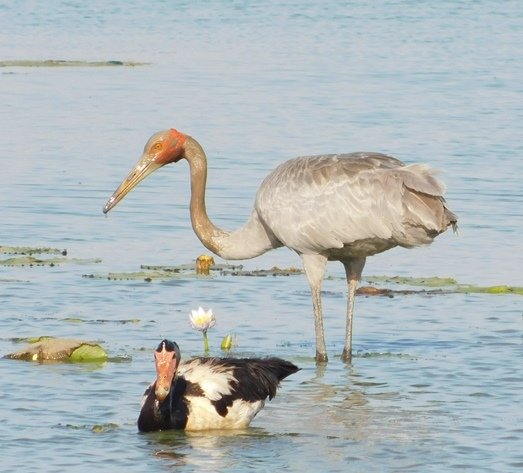











Leave a Comment